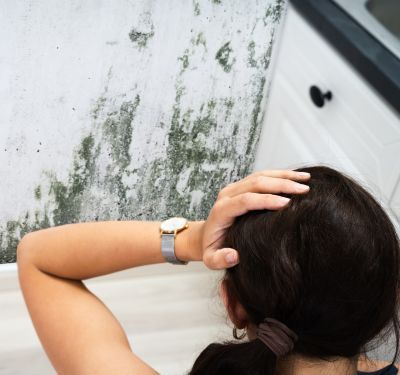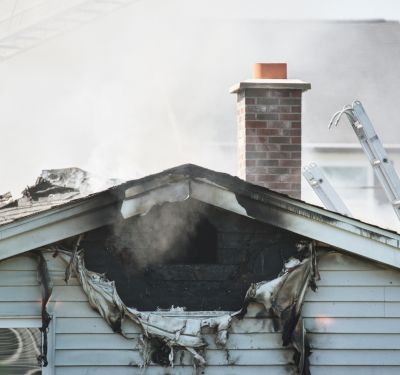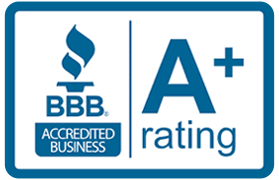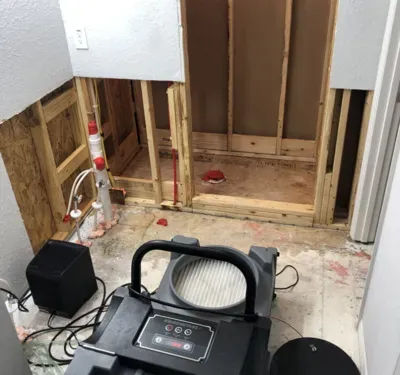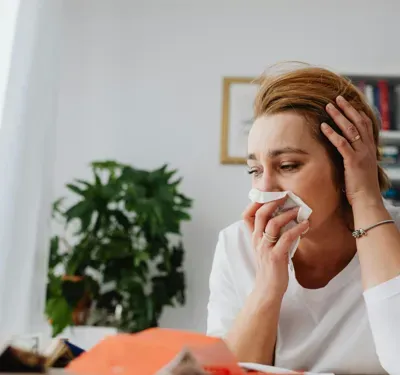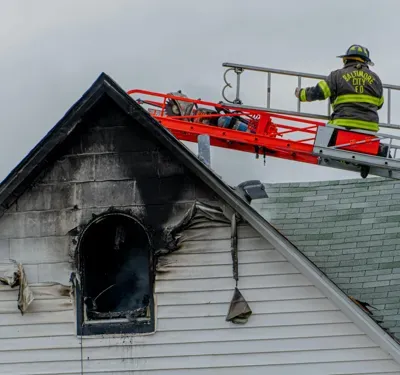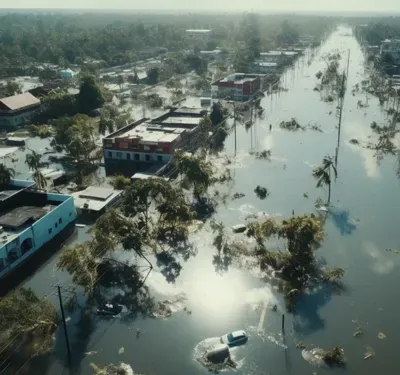The Link Between Flood Damage and Mold Growth: What Tampa Residents Should Know
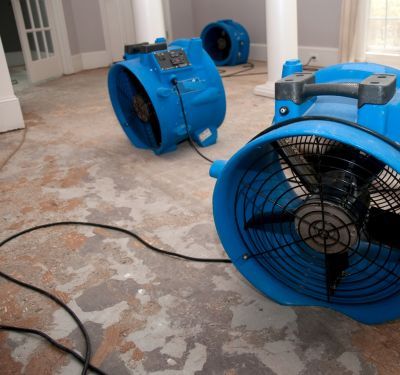
Flood damage often leads to mold growth within just 24–48 hours. For Tampa residents, where humid conditions can worsen the issue, understanding the connection between floods and mold is essential. This blog dives into how floods promote mold growth, actionable tips for prevention, and the importance of professional mold restoration services.
Do Floods Promote Mold Growth?
Floodwaters saturate surfaces, like drywall, flooring, and furniture, creating the perfect breeding ground for mold. Mold spores, which are naturally present in the air, land on these damp surfaces and thrive in the moist environment. Floods often contain contaminants, further speeding up the process. In Tampa’s humid climate, the risks increase exponentially, making quick action crucial.
The U.S Environmental Protection Agency (EPA) recommends addressing water damage within 24-48 hours to prevent mold growth. For emergency water damage restoration services, get in touch with an experienced team such as Tampa Emergency Restoration Pros right away.
Factors Contributing to Mold Growth After a Flood
Flooding introduces several conditions that promote the rapid growth of mold, particularly in humid regions like Tampa. To effectively tackle mold growth after a flood, it’s crucial to understand these contributing factors.
1. Moisture Retention
Floodwater saturates porous materials such as wood, drywall, carpets, and upholstery. These materials absorb water like a sponge, trapping moisture deep within their structure. Even if the surface appears dry, moisture can linger in hidden layers, providing the perfect environment for mold spores to germinate and grow.
For example, drywall that has been exposed to floodwater may look fine on the outside but can retain water in its core. This hidden moisture fosters mold growth behind walls, making it difficult to detect until it becomes a severe problem. Quick drying and working with a professional mold restoration company is crucial to prevent this.
2. High Humidity
Tampa’s naturally humid climate compounds the problem. Floodwaters raise the indoor humidity levels significantly, and even after the visible water is removed, the moisture content in the air remains high. Mold thrives in environments with humidity levels above 60%, which is common after a flood in Tampa.
Without immediate dehumidification, this excess humidity can sustain mold colonies, even if the water itself is no longer present. Appliances like dehumidifiers and air movers are vital to lowering humidity levels quickly and effectively. EPA recommends maintaining indoor humidity levels between 30% and 50% to prevent mold growth.
3. Time
Time is one of the most critical factors in mold growth. Mold spores are opportunistic and can begin to colonize within 24–48 hours of water exposure. The longer flood-damaged materials remain untreated, the greater the chances that mold will spread throughout your home or property.
A delay in addressing flood damage can lead to widespread contamination, requiring extensive mold remediation and restoration efforts. Acting promptly—preferably within the first 24 hours—is key to reducing the risk of mold proliferation.
4. Poor Ventilation
Enclosed spaces, like basements, attics, crawlspaces, and even closets, are particularly vulnerable to mold growth after a flood due to poor ventilation. These areas often lack adequate airflow, allowing moisture and humidity to stagnate. Without proper ventilation, even minor flooding can lead to significant mold problems.
For example, in a flooded basement with no windows or air circulation, the stagnant air creates a perfect environment for mold. Adding ventilation, such as fans or air ducts, can significantly reduce the chances of mold colonization in these areas.
5. Contaminants in Floodwater
Floodwater often carries a mix of contaminants, including bacteria, sewage, chemicals, and organic debris. These contaminants act as nutrients for mold spores, speeding up their growth. Mold colonies feeding on these contaminants can produce more aggressive spores, worsening the impact on your home and health.
Moreover, floodwater contamination increases the difficulty of cleaning and disinfecting affected areas, requiring specialized solutions and professional expertise. A reputable mold restoration company can address these complexities by thoroughly sanitizing and restoring your home.
What You Can Do to Prevent Mold Growth After a Flood?
Acting quickly after a flood is critical to prevent mold damage. Here are actionable steps Tampa residents can take:
- Remove Standing Water Immediately
Use pumps or wet vacuums to eliminate standing water. Fast action minimizes the window for mold growth. - Dry Out Affected Areas
Use dehumidifiers, fans, and open windows to speed up the drying process. For enclosed areas, professional-grade equipment may be required. - Dispose of Contaminated Materials
Remove and discard porous materials like carpets, drywall, and insulation that cannot be effectively dried or cleaned. - Sanitize Surfaces
Clean hard surfaces with a bleach solution or commercial disinfectants to kill mold spores. Wear protective gear to avoid exposure. - Monitor Humidity Levels
Keep indoor humidity below 50% using a hygrometer. A dehumidifier can help maintain safe levels in humid climates like Tampa. - Call a Professional Mold Restoration Company
DIY efforts often fall short for extensive water damage. Mold restoration companies, such as Tampa Emergency Restoration Pros, have the expertise and tools to address both visible and hidden mold, ensuring your home is safe.
Why Professional Mold Restoration Is Essential
Flood damage isn’t just a structural issue—it’s a health hazard. Mold exposure can cause respiratory problems, allergies, and even severe infections in vulnerable individuals. Here’s why professional services are invaluable:
- Thorough Mold Inspection: Experts identify hidden mold in walls, floors, and HVAC systems.
- Safe Mold Removal: Mold restoration companies follow industry-approved protocols to remove mold safely and effectively.
- Prevention Measures: Professionals offer long-term solutions, such as waterproofing and improved ventilation.
Tampa residents should prioritize hiring a mold restoration company to handle flood-related mold issues for peace of mind and a healthier home.
Frequently Asked Questions
How fast does mold grow after a flood?
Mold can begin growing within 24–48 hours after a flood. Quick action is essential to minimize damage.
Can I remove the mold myself?
While minor mold issues can be addressed with household cleaners, professional mold remediation and restoration by experts, such as the ones at Tampa Emergency Restoration Pros, are recommended for severe cases.
How do I know if I have hidden mold?
Musty odors, discoloration, and health symptoms like allergies may indicate hidden mold. A mold restoration company can conduct a thorough inspection to determine whether you have a mold problem in your home.
What is the difference between mold remediation and restoration?
Mold remediation involves removing mold and cleaning affected areas. Restoration goes further by repairing or replacing damaged materials to restore your property to its pre-damage condition.
Final Thoughts
Flood damage and mold growth are closely linked, especially in Tampa’s humid environment. Quick action, combined with professional expertise, is the key to minimizing damage and ensuring your home remains safe.
At Tampa Emergency Restoration Pros, we specialize in comprehensive mold remediation and restoration services. From mold inspection to mold removal restoration, our team is equipped to handle any level of mold damage.
Don’t wait—mold doesn’t. Contact Tampa Emergency Restoration Pros today to safeguard your home and health!
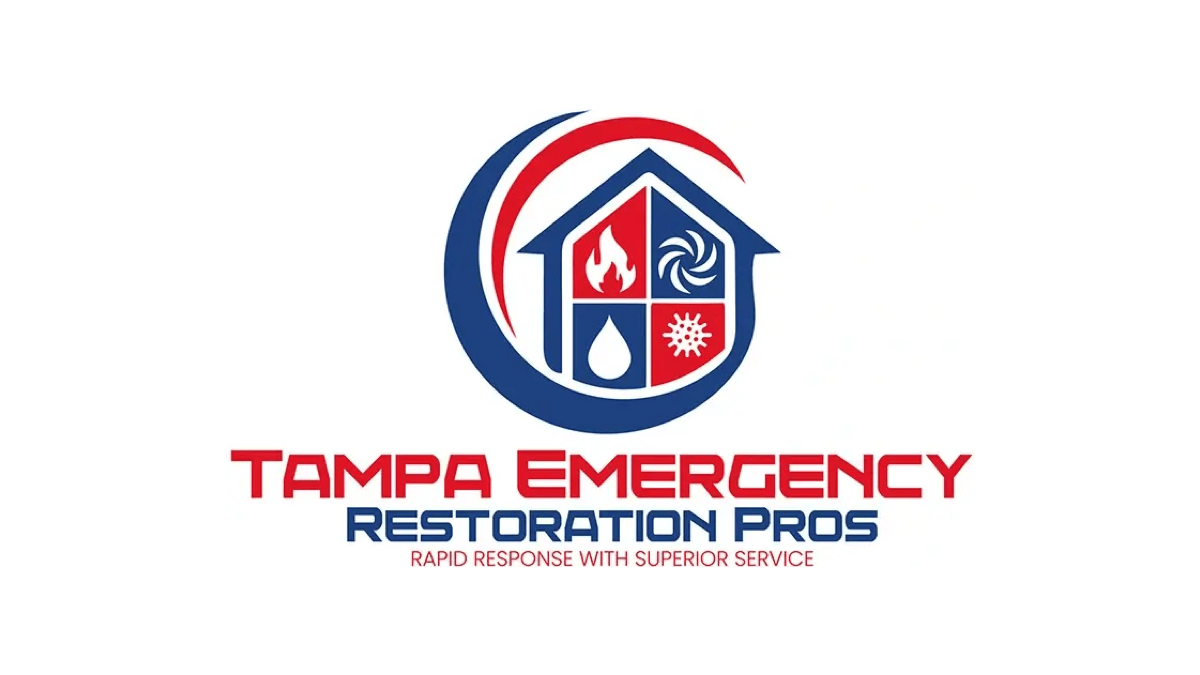
Other Blogs You May Be Interested In
Categories
